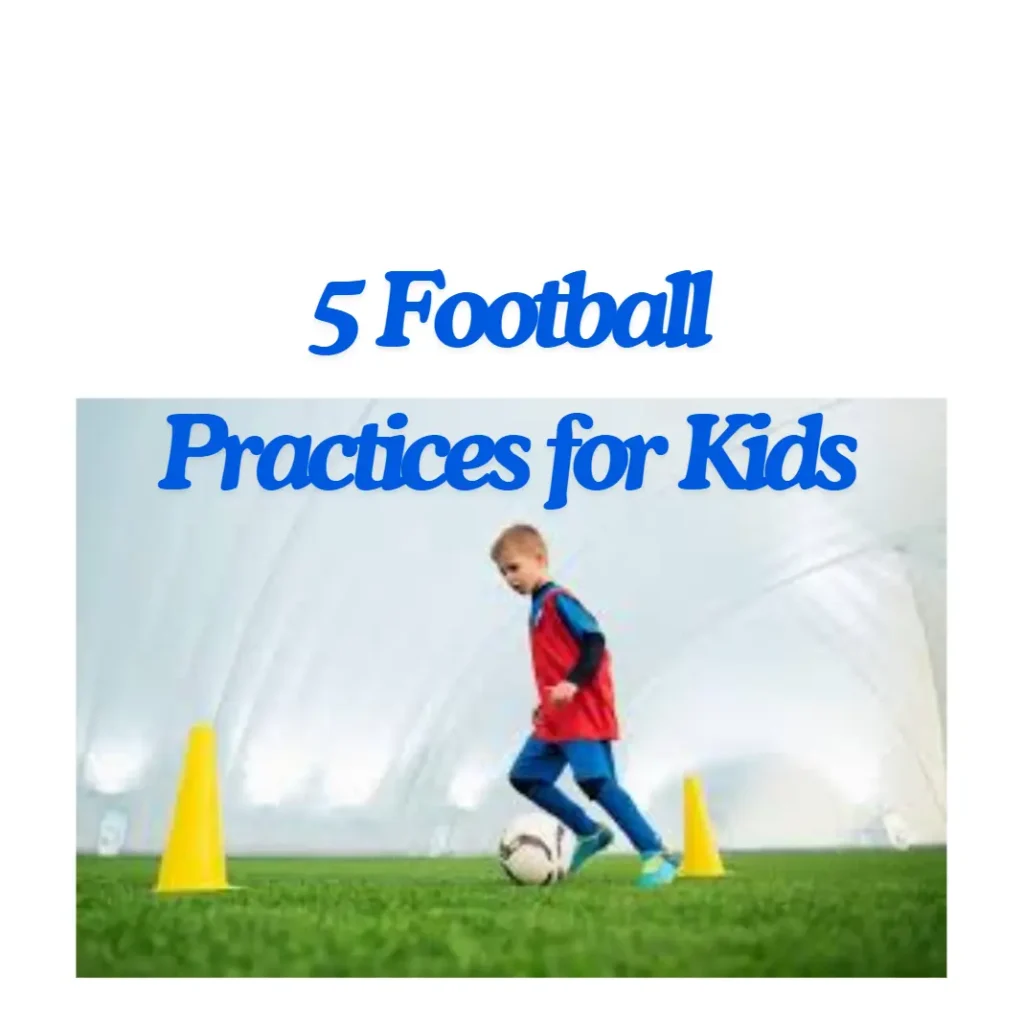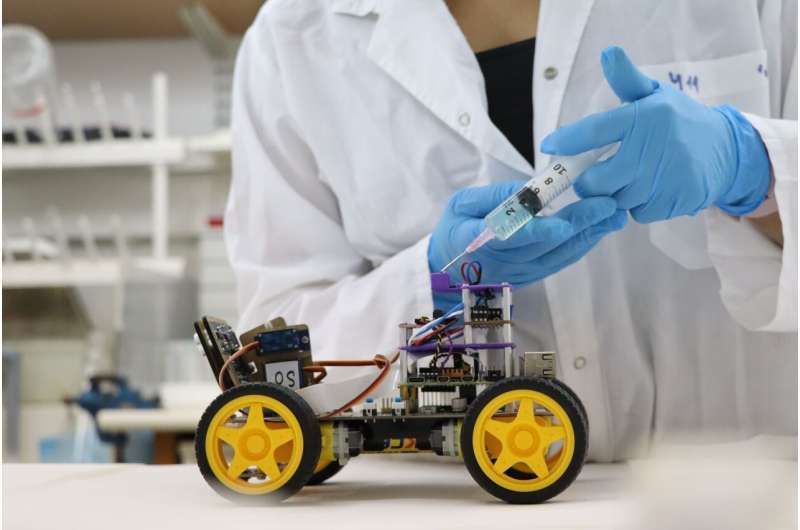Physical play of any kind should be fun and engaging. Technique practice is important for players of all kinds and ages, whether a newbie or a professional at football. For those who want to have some fun practice of their football skills at home, we have a few practices.
Practice should be fun, creative, and engaging, and it should be challenging the body and mind constantly so that uniformity is achieved in terms of a new set of skills. This results in improved confidence and mind-body and muscle memory integration.
Weaving through cones
This is a bread and butter practice for footballers. The most beautiful part of this practice is the ease with which we can go up and down on the difficulty levels depending on whether you’re a newbie or a professional. And, don’t worry, if you don’t have cones, you can improvise with flowerpots, toys, stones, or something equivalent.
- Place your cones (or obstacles) at regular intervals.
- Encourage the football player to dribble the football weaving in and out of the cones.
- Gentle touches result in greater ball control so encourage your child to take their time and avoid kicking with force.
- Children should use both feet when kicking the ball – this helps with balance and control!
Tip: Keep changing things by moving the cones closer or further. This can make it more challenging and require the child to adjust their touch of the ball accordingly.
Wall Rebounds
This practice requires a player to kick a ball against a wall before receiving the rebound. It’s fantastic practice for strengthening reflexes as well as to build confidence in passing and control. It closely emulates passing in a match situation.
- Step 1 is to first find a safe wall with no windows.
- Place the ball on a spot roughly 2m away from the wall.
- Kick the ball at the wall and be prepared for the rebound.
- Keep returning the ball to the wall for as many times as the rally lasts – your child will be required to change direction, sprint and vary the strength of the pass depending on how the ball returns. For this reason it’s great for thinking on their feet!
If a rebound is missed, simply start the process again.
Coaching tip: As it starts to get easier for your child, challenge them to only return the ball by progressively getting further away. You could also use pavement chalks to mark out a couple of circles on the wall which the child should aim for to attempt to score goals. This will help to improve accuracy.
Traffic Lights
This is a favorite practice exercise for a lot of trainers as it can engage a lot of players at the same time.
- Mark an area in the back garden – children should stay within this area for the duration of this practice.
- Explain three simple commands, each linked to a different color on a traffic light:
Red means: STOP
Green means: Dribble
Amber means: Turn OR practice toe taps (depending on the ability) - Start calling out these colors in random order, allowing sufficient time for the player to carry out each task carefully before moving onto the next one. This is a great practice to build the basics in football.
Initially, the child will find it difficult to do. They will continuously watch the ball. This is totally normal as they learn to develop coordination, control and special awareness. However, over the time they will look at the ball less and start to intuitively move the ball around with greater confidence.
British Bulldog
This is a classic playground favorite; start by dividing the garden into three sections across. The sections on the right and left are safe zones, the section in the middle is where a parent/guardian can stand. The parent/guardian in the middle section will play the role of a defender.
- The player must try to dribble from the left-hand safe zone through the middle section to the safety on the other side, without losing the ball to the defender.
- As a defender, start with simple obstructions of their pathway, but without too much tackling. This will challenge the player’s ability to dribble around a defender and will improve spatial awareness.
- Slowly, the players will get the hang of evading a less-active defender. You can then increase the level of complexity by trying to gain possession of the ball as the player moves through the middle section.
This fun game encourages the football player to think on their feet and will help them gain skills in dodging, dribbling and ball mastery. This exercise is guaranteed to inspire fun among the group.
Turn and Shoot
In football, the skill to score goals is probably the most important and the toughest skill of all.
Start by marking a goal area or build a goal post. Kids should place the football in a penalty position. They should turn around and face the opposite side of the goal (like in the direction of the goal post of the opponent). Basically, the back of the player has to face your goal post that you’re going to hit at. Keep the ball on the side, turn towards the goal post and kick the ball with as minimum touches as possible.
Tip: Keep the movement slow and controlled. Don’t hurry in your mind.
Hope you found this useful, thank you.
You may like to read: Is Gymnastics Good for Kids?, When Your Teaching Is Not Interesting Enough?, & Fun Educational Games for 6 Year Olds




